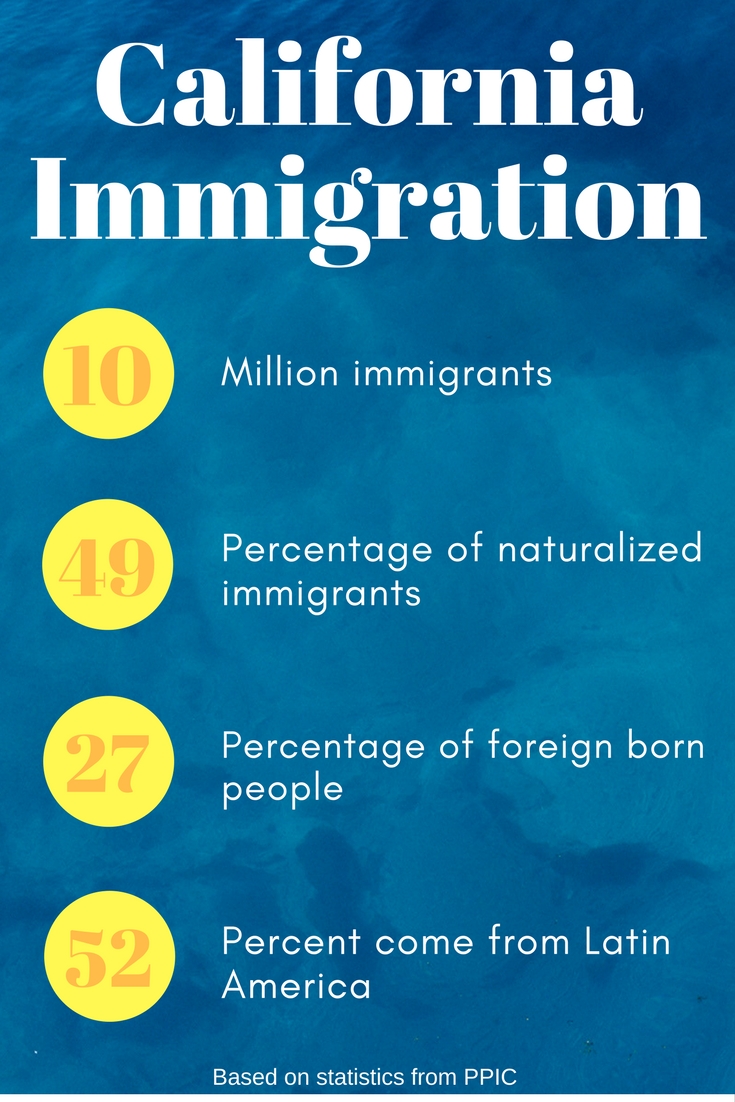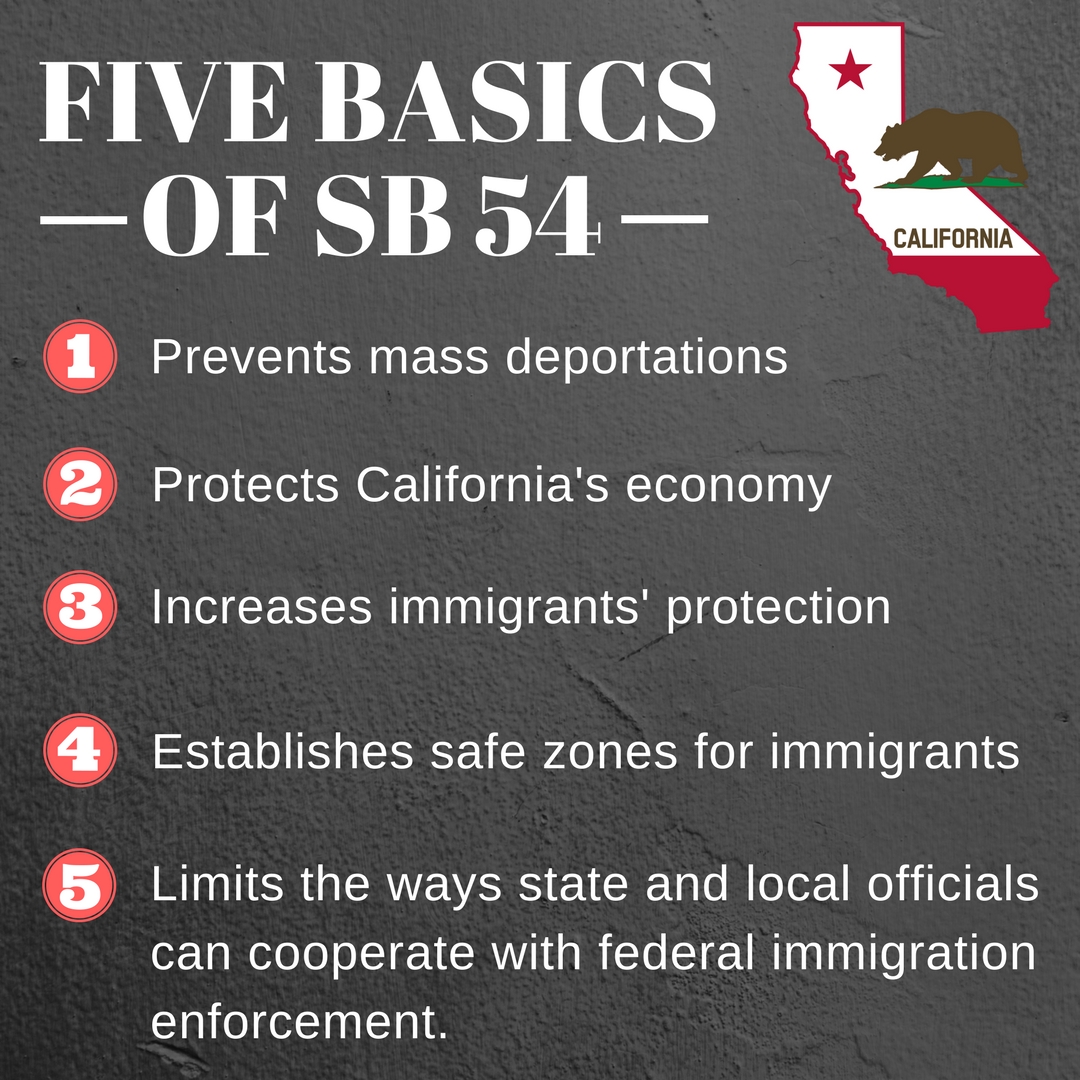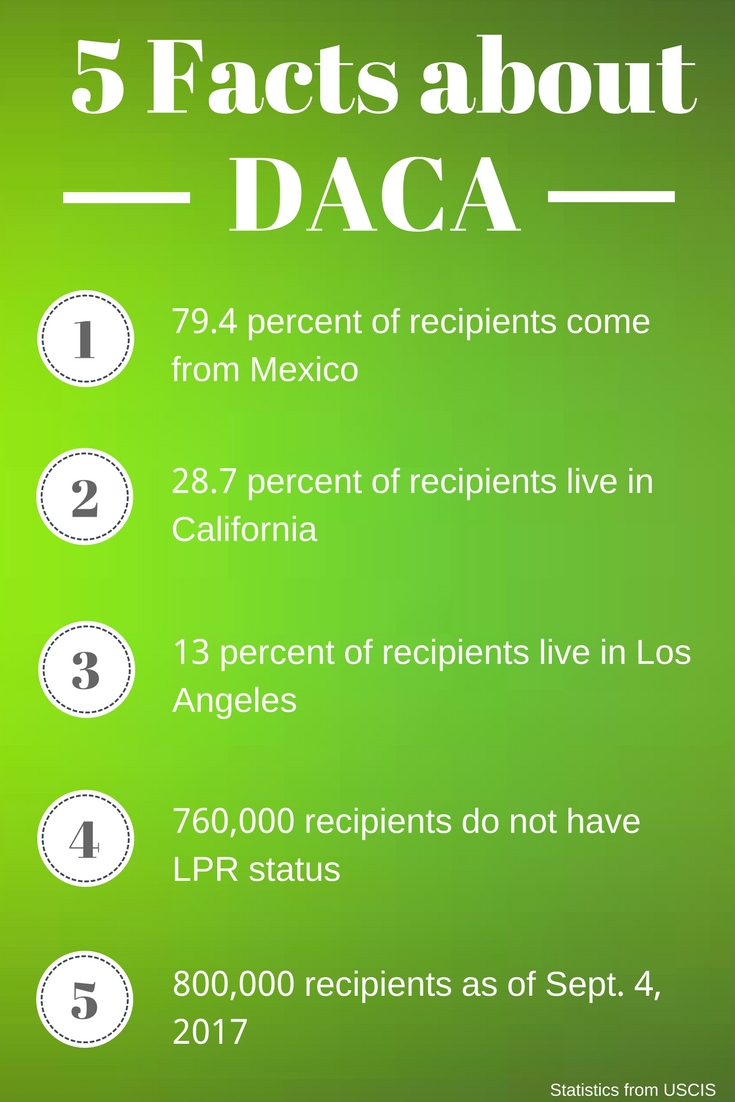Written by Jehn Kubiak
Over 10 million immigrants call California home. While people from across the world have emigrated to the United States, the majority have come from Latin America, Asia and Mexico.
The oil, agricultural and entertainment industries drew millions of immigrants to California in the 1920s and 1930s, thereby bolstering Southern California’s economy according to Calisphere states. Although Native Americans, African Americans and Hispanics all settled in California during the 20th century, Hispanics were the dominant group of that time.
Starting in 1769, groups of Spanish missionaries and soldiers came to California and built missions throughout the state’s southern region, a region which native peoples inhabited. After Mexico gained its independence from Spain in 1821, many rancheros ventured to California according to Lonely Planet. In a fight over California territory in 1846, the U.S. won the battle against Mexico, and California became an independent republic according to a PBS timeline.
In trading with China, Japan and Korea in the 19th century, Asian immigration to America increased. The Chinese came to California during the Gold Rush in 1848 due to “waves of civil unrest and catastrophic famines” in China according to Immigration to the United States.
Although Americans previously welcomed millions of immigrants, the futures of immigrants dimmed in the early 1900s, especially for Asian immigrants. First the government passed the Chinese Exclusion Act, then excluded Japanese laborers in 1907, denied entry from India in 1917 and eventually restricted immigration for all Asians from the “Asia-Pacific Triangle” under the Immigration and Nationality Act of 1952 Oxford Research Encyclopedias reports.
The Immigration Act of 1917 excluded several poor and mentally disabled people, among others: epileptics, idiots, paupers and vagrants. In section three of this law, immigrants with mental and physical illnesses or defects were singled out.
“Persons not comprehended with any of the foregoing excluded classes who are found to be and are certified by the examining surgeon as being mentally or physically defective, such physical defect being of a nature which may affect the ability of an alien to earn a living,” the law states.
The act became the first in a series of immigration acts.
More immigration restrictions came during World War I, due to some Americans’ beliefs that mass immigration heavily impacted the nation in general according to a U.S. Citizenship and Immigration Services article.
World War II brought more immigrants from myriad of nations to the U.S. due to developments in the aerospace and shipping industries. During the war, the U.S. resourced Mexican American workers because they were a cheap labor source. This resourcing allowed the U.S. to develop the Bracero Program. As a result, Mexican workers entered the U.S. with certain protections on their “short-term… agricultural labor contracts.”
After the end of World War II and during the second half of the 20th century, immigrants eventually received more rights. In the 1948 Displaced Persons Act and Refugee Relief Act of 1953, European refugees were given greater rights, such as additional immigrant visas and permanent residency. Later on, the Immigration and Nationality Act of 1965 formally ended the “national origins quota system.”
As immigration has increased over the past few decades, the U.S. has become a melting pot of nationalities. Over 40 million people in America were born in a different country and make up a high 13.4 percent of the population according to Pew Research. Today, the majority of immigrants come from Mexico, China and India, with about one million new people setting foot in the U.S. each year. Immigrants continue shaping the nation’s culture, economy and demographics today.





